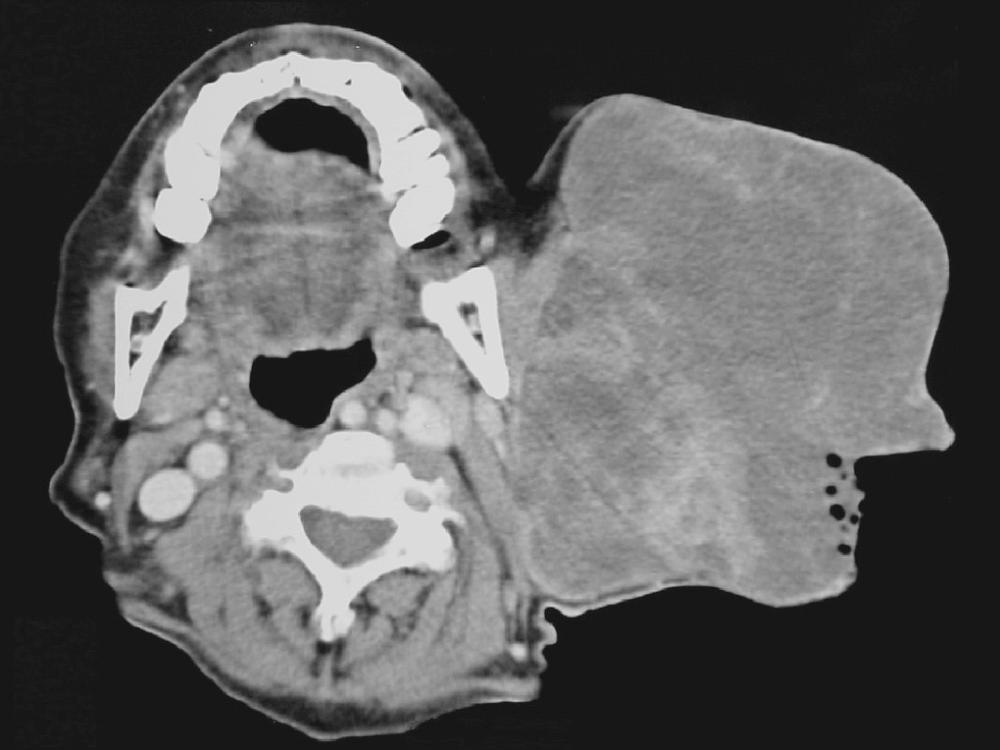Physical Address
304 North Cardinal St.
Dorchester Center, MA 02124
Most of the world's people live in developing countries, and 85% will reside in developing countries by 2030; the world has witnessed a mass migration of refugees from developing countries to Western Europe in recent years; and many surgeons are engaged in surgical outreach programs to developing countries. For all these reasons, a textbook about salivary disease would be incomplete without providing a developing world perspective.
Infectious diseases such as human immunodeficiency virus (HIV) and tuberculosis must always be considered in the differential diagnosis of salivary disease, especially in developing countries. Patients in developing countries also commonly present with advanced tumors due to poor access to medical care ( Fig. 55.1 ). Management algorithms in developing countries must be adapted to the availability of imaging, cytology, histopathology, surgery, and radiation therapy. A survey in 2015 of ear, nose, and throat (ENT) services in 22 sub-Saharan African countries revealed that radiotherapy was rarely or not available in 68% and that parotidectomy was rarely or not available in 29% of the countries surveyed. This is not surprising, as there were only about 15 fellowship-trained head and neck surgeons for 1 billion people in sub-Saharan Africa in 2018. Perhaps the most difficult task for surgeons and oncologists working in an overburdened service with limited resources is to decide who to deny curative treatment, in the face of limited treatment capacity.

Become a Clinical Tree membership for Full access and enjoy Unlimited articles
If you are a member. Log in here